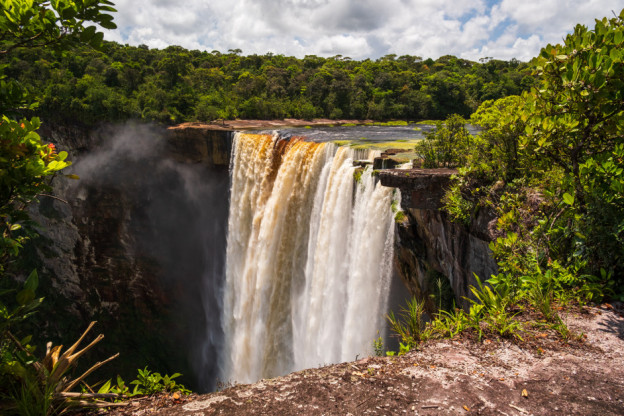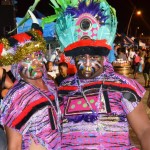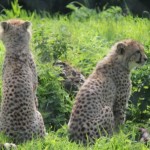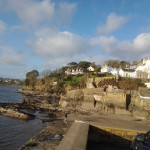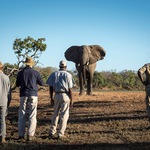Join Petra Shepherd exploring Guyana, one of South America’s less trodden paths.
English speaking Guyana is truly one of the last frontiers left for tourism. Most people would be hard pressed to find it on a map. When telling friends, I was exploring Guyana, many assumed this was somewhere in West Africa and not on South America’s North Atlantic coast.
A land of few roads, pristine forest and just 4,000 genuine tourists a year (which is less than Machu Picchu receives in one day) but wildlife a plenty. Guyana is a destination for travellers rather than tourists and for someone who likes to get off the beaten track, I was keen to discover if the country really was an unusual and exciting as promised.
Compared to most of South America, Guyana is under-developed, with over 80% of the land mass still virgin rainforest and it was to the thinly populated interior that I headed for the majority of my visit. Guyana has very few sealed or dirt roads which makes travel into the interior difficult and challenging with long distances covered by small aircraft.
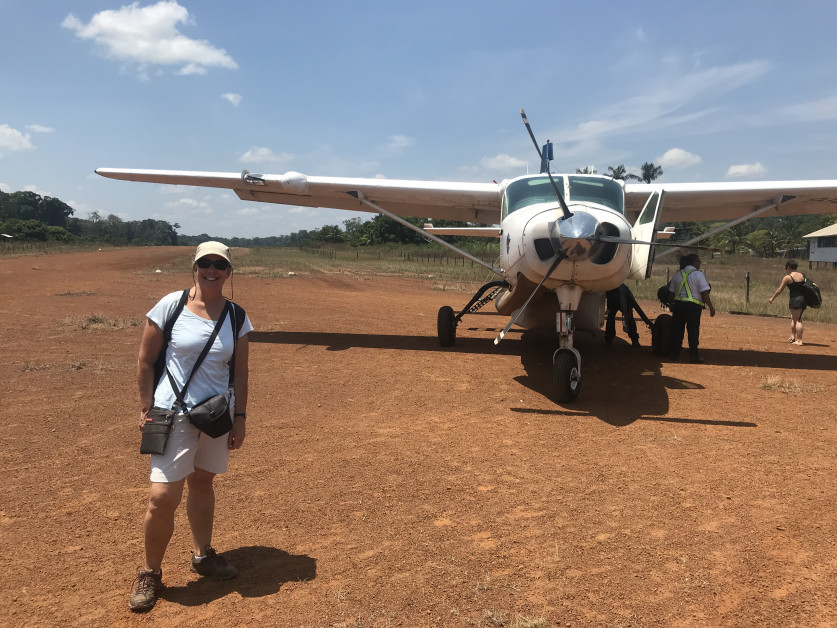
Accommodation in the interior is mostly in intimate and simple lodges, ranches and rainforest resorts. Iwokarama River Lodge and Atta Rainforest Lodge are two of the best. The latter is home to The Iwokrama Canopy Walkway with four suspension bridges leading to three platforms, the highest of which is over 30 metres above the ground and offers exceptional views of the surrounding rainforest and is an ideal spot for birdwatching.
Atta Rainforest Lodge sits in an opening in the Iwokrama Rainforest with lovely gardens attracting over 12 species of hummingbird and a large and growing family of black curassow. The Iwokrama River Lodge and Research Centre is on the banks of the Essequibo River.
It is part of the Iwokrama International Centre for Rain Forest Conservation and Development, an autonomous non-profit institution established by Guyana and the Commonwealth, founded to promote the conservation and the sustainable and equitable use of tropical rainforests.
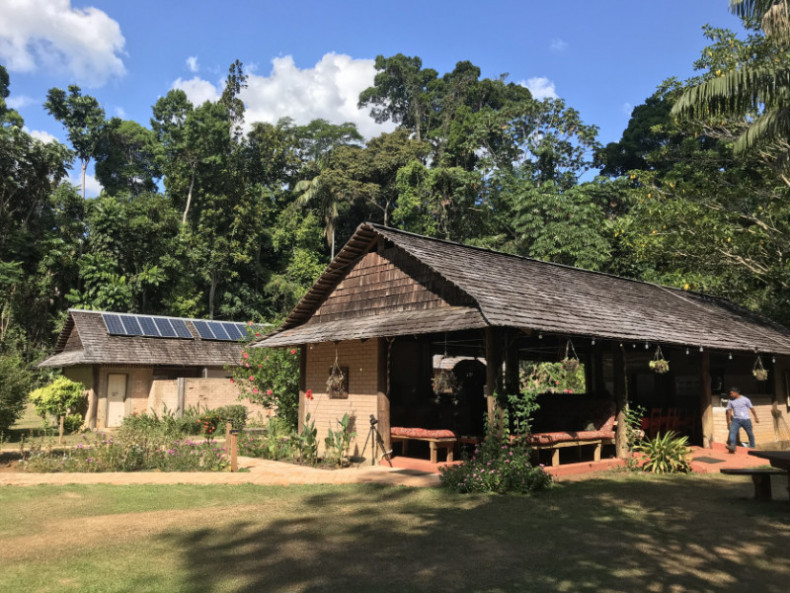
It aims to show how tropical forests can be conserved and sustainably used for ecological, social and economic benefits to local, national and international communities. When it comes sustainability and eco-friendliness, Iwokrama River Lodge and Research Centre is the real deal.
Accommodation is in eight ideally situated river-facing cabins, each with its own veranda and hammock, perfect to watch the sun go down whilst listening to the many local birds and other wildlife. Iwokrama’s most popular excursion is to Turtle Mountain, an exhilarating 1 ¾ hour hike up a jungle trail to the top of the mountain (at approximately 360m) for breathtaking views over the top of the forest canopy. From here you really do get the scale of how vast the rainforest is. Not only is this pristine rainforest environment protected, but its local inhabitants, the Makushi people have hands-on involvement in all aspects of conservation and tourism.
Whilst wildlife and birding are undoubtedly Guyana’s biggest draw, it was the chance to learn a little more about the Makushi that I found just as fascinating and especially a visit to Surama. The village of Surama is situated in a small savannah, deep in the rainforest and surrounded by forest clad hills.
It was here that Charles Waterton passed through in 1812 in search of the secrets of the useful Wourali poison known as Curare. Waterton was so stunned by this spot that he wrote in his memoirs “The finest park that England boasts falls short of this delightful scene”. Surama’s inhabitants are mainly from the Makushi tribe and still observe many of the traditional practices of their forebears.
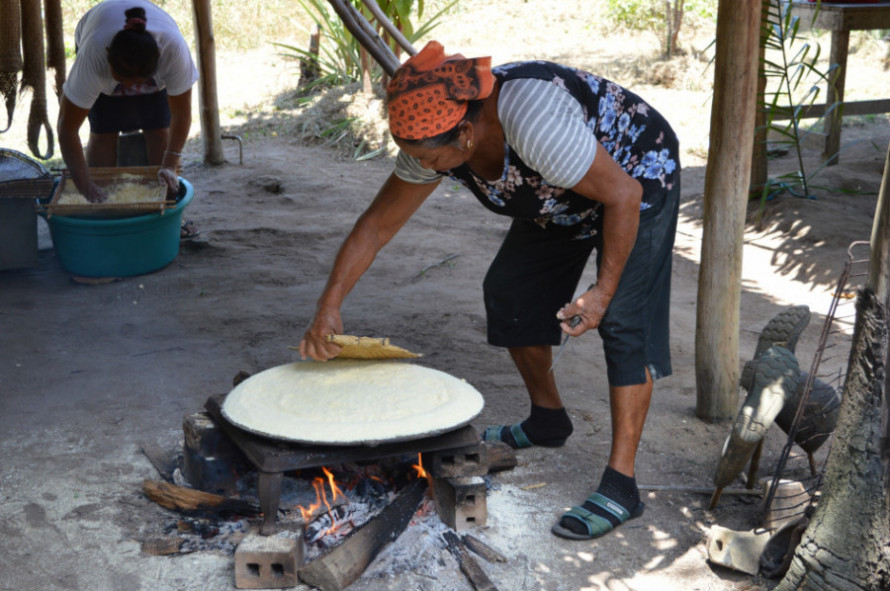
I was able to visit the local school, medical centre and church along with some of the village houses. The Makushi are naturally shy but not so a lady with an enormous smile and lively banter who was to show me the secrets of cassava preparation “you need to learn before you get a husband”.
She had spotted I was single and “also how to weave a hammock and she has to learn to hunt and fish”. Similar to other indigenous groups in the area, Makushi traditional life relies a great deal on the bitter cassava, and cultivation tasks are divided by gender. Men traditionally clear the land and women tend and harvest.
The main products are cassava bread, farine, parakari, wo (drink), starch tapioca, and casereep. I was shown a ‘Matapee’ an ingenious type of strainer commonly made from ‘mokru palms’ that is used to remove poisonous juices from cassava roots to make the crop edible.
To remove the poisonous juice from the cassava root, grated cassava is placed in the matapee. The juice is then squeezed out with the aid of a person sitting on a pole inserted through a loop at bottom of the matapee. The informative cookery demonstration ended in a cassava heavy lunch.
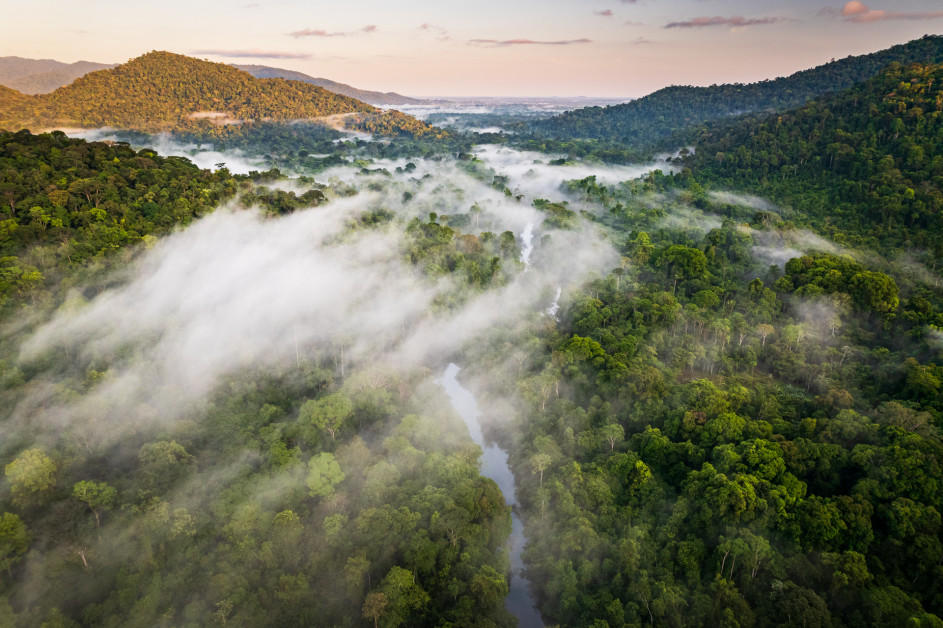
Lunch consisted of boiled and fried cassava, cassava bread pizza, sweet cassava pudding, fish in black casareep juice (the latter rather like marmite), wild peccary (hog stew), black eyed peas and turu juice from a palm tree (similar in looks and taste to milo, the instant malt chocolate drink).
With these descriptions, I’m probably not going to get a job as a restaurant critic but sitting on a tree stump, covered in banana leaves as a stool, I can safely say I’ll never see prepared or eat such a starch heavy meal again, but this totally authentic edible experience was easily one of the most unique and untouristy meals I’ve ever enjoyed.
The thinly populated interior is almost untouched, and rivers are often the only way to get around. Guyana is an indigenous word which means “Land of Many Waters” with the Essequibo River being the largest. With rivers like roads and a means of getting from A to B, it’s an enormously relaxing way of travelling, just sitting back watching a never-ending landscape of trees and distant mountains.
Birders are in for a treat with plenty of sightings and for other wildlife spotting, early morning and sunset river trips are offered from Iwokrama River Lodge and further up the Essquibo River at Sloth Island Rainforest Resort.
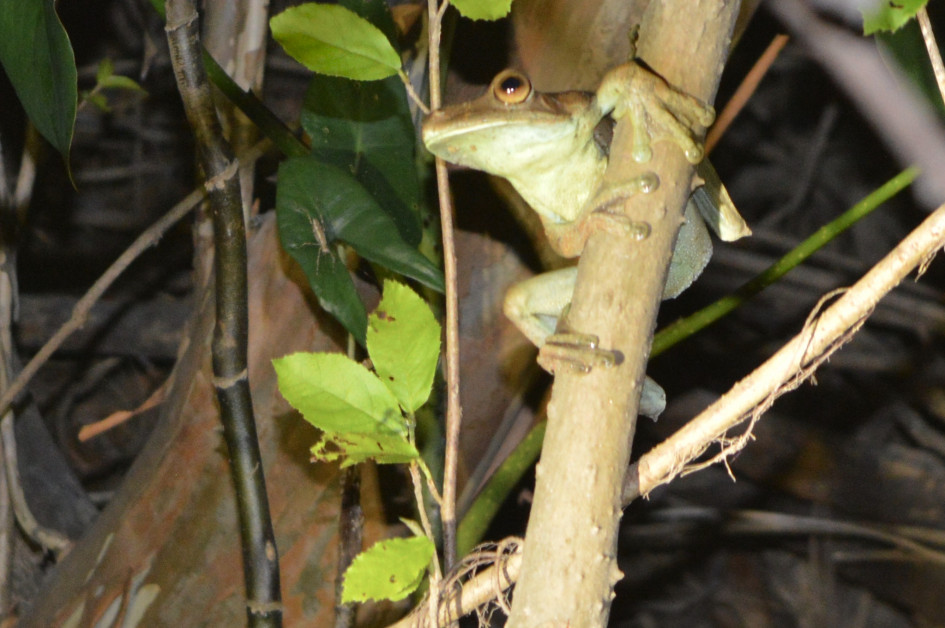
Top spots at Iwokrama were caiman and a tree frog. Although memorable to see the tree frog close up, I was more in awe how the guides could spot such a tiny creature, in a dense forest in the pitch-black darkness by just using a flashlight. They would spot a shimmer of silver or an eye shining.
Sloth Island Rainforest Resort didn’t disappoint with a sluggish tree dwelling sloth munching away at the top of a palm tree and on the evening ride we were spellbound by the sight of hundreds upon hundreds of parrots coming home to roost. As an avid swimmer, the river also offered some welcome respite from the endless heat, having been reassured (well, local children were swimming) of places to swim free from piranhas and caiman.
Also on a river, Karanambu is a 110 square miles former cattle ranch located in the North Rupununi and was the home of the late Diane McTurk, conservationist and a world-renowned expert on giant otters. Known for its expansive wetlands and savannah, as well as its biological and cultural diversity, Karanambu encompasses savannah, marsh ponds, riparian forest and a 30-mile stretch of the Rupununi River.
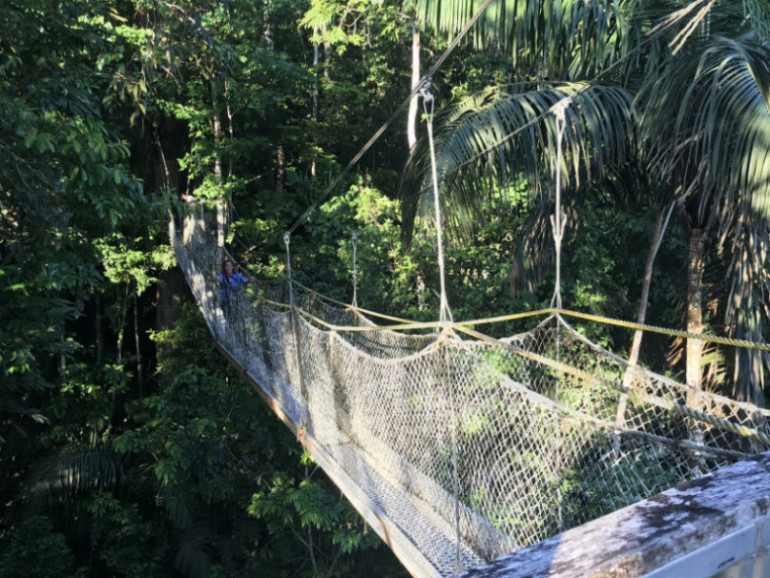
The number of species found here is much higher than expected given its size with at least 600 species of bird and over 200 species of mammals. A very young David Attenborough spent time here and wrote about it in his early book, “Zoo Quest to Guiana”. I’m no David Attenborough but my early morning start to an area of rolling grasslands was rewarded with the sighting of a six-foot-long giant anteater, excavating its breakfast from one of the termite mounds that stud the savannah.
Flying from the capital Georgetown over the rainforest to Letham, near the Brazilian border, takes you to the heart of the Rupununi with my first taste of the interior being in fact endless savannah. The vast savannahs of Rupununi have been home to Amerindian tribes and earlier indigenous populations for near 7,000 years.
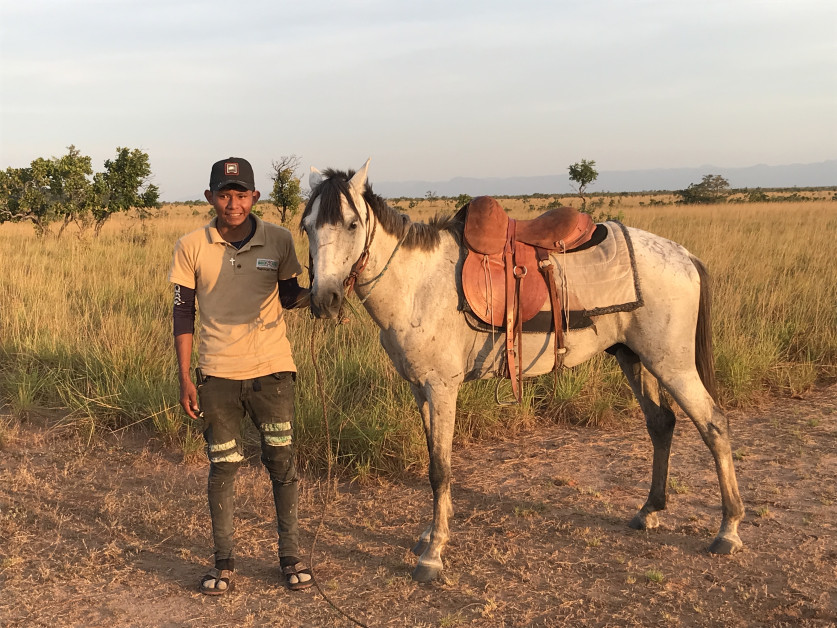
Nowadays ranch stays are popular and offer a chance to ride out with the vaqueros (cowboys) over the scenic savannah to watch the enormous sun setting over the horizon. My home for the night was Waikin Ranch, just thirty minutes’ drive from Letham and a perfect base camp to explore the Central Rupununi and surrounding attractions.
Along with a night in one of the beautifully designed cabins, I enjoyed a trip out to the “Termite City” and was stunned by the size and abundance of the mounds and no surprise, spent a lot of time cooling of in the ranches’ swimming pond, filled by a natural underground spring, admiring the huge variety of birdlife flying overhead.
With rivers and rainforest, gigantic lilies and enormous termite mounds, Guyana has no shortage of natural wonders but there’s one that supersedes all others, and is the most visited attraction in the country – the Kaiteur Falls, almost five times the height of Niagara, with a single sheer drop of 226m.
This is Guyana’s trademark and easily one of the most impressive and beautiful sights in the country, a solid column of water in a perpendicular drop, the cascading foam and spray producing breathtaking rainbows across the gorge. Getting to the falls involved a flight by propeller plane, landing at a tiny airstrip near the waterfall, the pilot circulating the falls, so both sides of passengers can take in the full view (and take the obligatory show and tell photo for folks at home).
Although, I visited in the dry season and the falls were probably at their lowest, it was still a spectacular site and should be top of most travel wish lists.
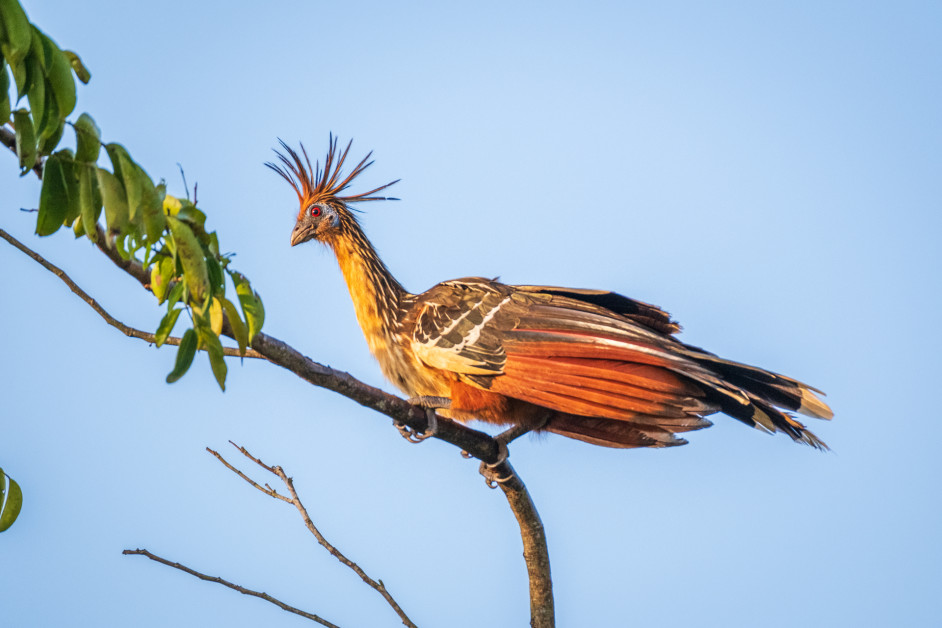
One other sight or sighting that puts exploring Guyana on the map (particularly amongst the birding community) is a glimpse of the illusive Cock of the Rock bird, a fabulously coloured bright red-orange bird with a very striking appearance and mating dance. There were two opportunities to spot the tiny bird and I was rewarded on the short appropriately named cock of the rock trail near Atta Rainforest Lodge. Cock of the rocks can also be seen on the short walks around the Kaieteur Falls.
There’s no denying that Guyana is catnip for birders but for non-birders like myself with little patience, I’d recommend a couple of tours near Georgetown where you’ll be rewarded with plenty to see and several wow moments. The Mahaica River is one of the best places to spot Guyana’s national bird, the clumsy Hoatzin (also known as the Stinkbird or “Canje Pheasant”) and on an early morning cruise I spotted dozens.
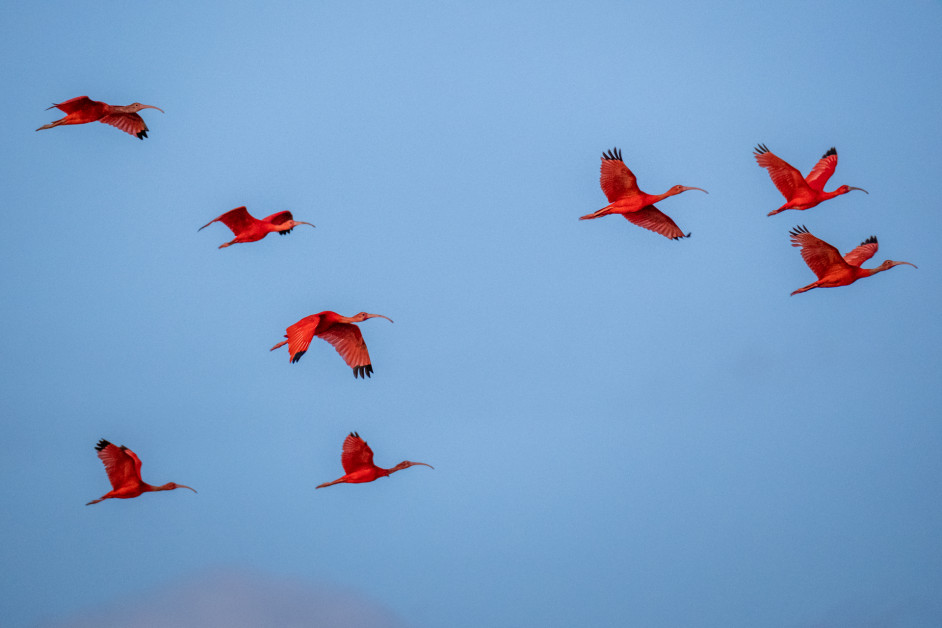
On a late afternoon trip on the Demerara River, there were big smiles all round and woops of delight to see scarlet ibis’s roosting in the mangroves and then flying overhead to join hundreds of white egrets.
Georgetown, the capital has a distinctly Caribbean vibe, check out the Sunday evening seawall crawl, when the narrow strip becomes a hive of pop-up cocktail bars, street food vendors, blaring Caribbean music and parties spilling out of the trunks of cars. On my final day, I explored the city on a market tour with a local chef, getting under the skin of the city, discovering exotic fruit and vegetables and seeing how the local’s shop.
My guide Chef Delven brought the market to life with introductions to the markets characters and plenty of opportunities to taste their products. I then headed off to explore historical Georgetown admiring the colonial tropical architecture and even hand-fed a manatee in one of the local parks. Lunch was at Delven’s hidden Backyard Cafe, made from produce he purchased in the market. The blend of different ethnic influences – Indian, African, Chinese, Creole, English, Portuguese, Amerindian and North American gives a distinctive flavour to Guyanese cuisine.
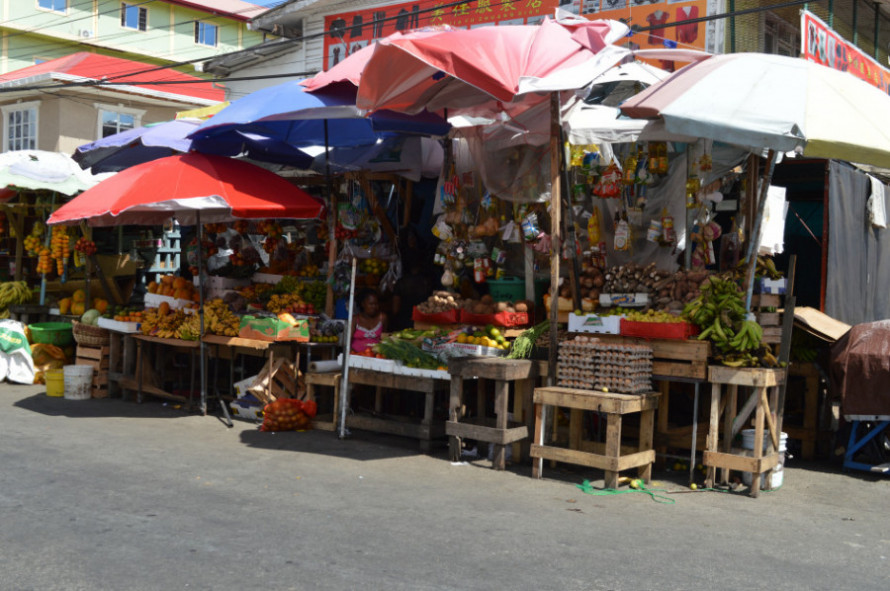
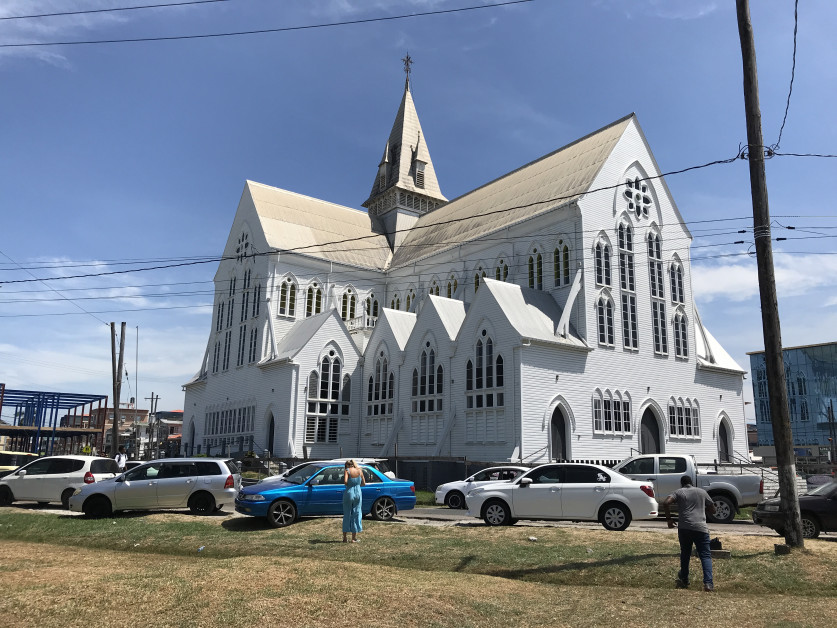
You shouldn’t leave exploring Guyana without trying pepperpot, the national dish, a meat-based stew, rich with braised beef and infused with cinnamon, clove, thyme, and wiri wiri peppers, a small red pepper that’s native to Guyana and is prized for its bright and spicy punch. The dish is absolutely delicious. Guyana is also a Caribbean country of great rum, cricket and music; Rum is the most popular drink and Guyana blends some of the world’s best including El Dorado. The local banks beer is also good.
While exploring Guyana, this is not a country where you will find big luxury hotels, touristy cultural shows or souvenirs made in China. Instead of mass tourism and consumerism, I found a country of intimate and simple lodges, ranches and rainforest resorts.
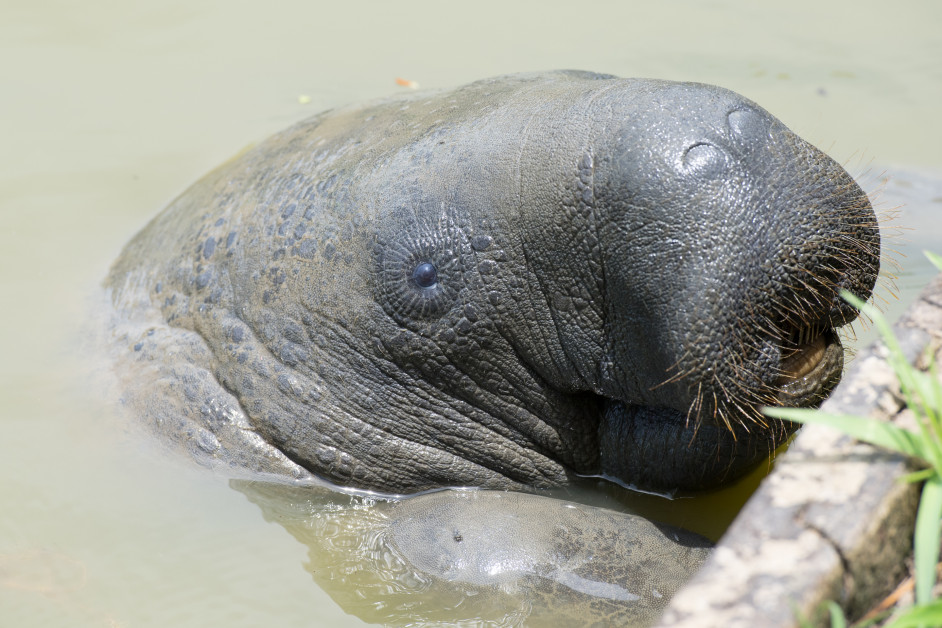
I was surprised at the lack of bugs and mosquitoes in the dry season, we have more at home! Yes, it was spectacularly hot and humid but by altering my days to head out very early in the morning and then again in the early evening, I had an opportunity to rest in the afternoons and also benefitted from the golden light at these times of day.
For those seeking the raw and untouched, a sustainable destination a world away from the ordinary, there was much more to this small South American country than I ever imagined.
Images (C) Petra Shepherd and Wilderness Explorers.
Tell Me More About Exploring Guyana
For more information about exploring Guyana visit Wilderness Explorers
Please visit Guyana Tourism to find out more about exploring Guyana
British Airways flies direct to Georgetown, Guyana (via St Lucia) twice weekly.

